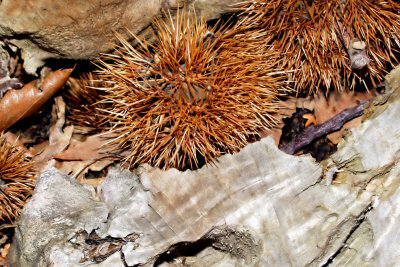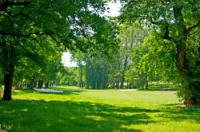Plant the chestnut tree in your own garden
With a chestnut tree from breeding stocks, you plant a long-lasting wood that bears fruit after 3 or only 30 years, depending on the variety. This is the best way to plant the chestnut tree in your own garden.

What you need:
- deep, lime-free soil
- a male chestnut tree
- a female chestnut tree
Optimal location for the chestnut tree
- Your garden should have a deep, absolutely lime-free soil. Your chestnut tree doesn't mind drought. Waterlogging, on the other hand, can permanently damage the young seedling.
- It is best to place your chestnut tree near low planting. He likes the blazing sun, but also gets along well in partial shade.
- Give the roots of your chestnut tree plenty of space right from the start. The tap roots penetrate very deeply into the earth and grow strongly sideways with increasing age.
Care of the chestnut tree until the first fruits
There are male and female specimens of the chestnut tree.
- In order to harvest plenty of fruit soon, it is best to plant a second tree at least 10 m away. Do not plant both trees too close to the house. In a few decades they develop into imposing large trees, similar to the oak.
- Prune the chestnut tree regularly. Always in spring you should remove all dry, visibly damaged or too dense branches and side shoots on the lower trunk. Cut the branches straight away from the astring.
- Frequent guests of your chestnut tree are bees during flowering. This is another reason why you should not plant the tree too close to the house in the garden. Avoid using insecticides. Next to the "partner tree" are insects indispensable for your future fruits.
The Nashi pear - this is how you grow this fruit in your own garden
The Nashi pear differs from domestic pear species in that it is a ...
The original chestnut tree needs approx. 30 years until the first harvest. Newer breeds are not only "ripe" much faster, they are also partly self-pollinating. In tree nurseries or hardware stores, you can find out about these space and time-saving breeding successes from an expert source.
How helpful do you find this article?



